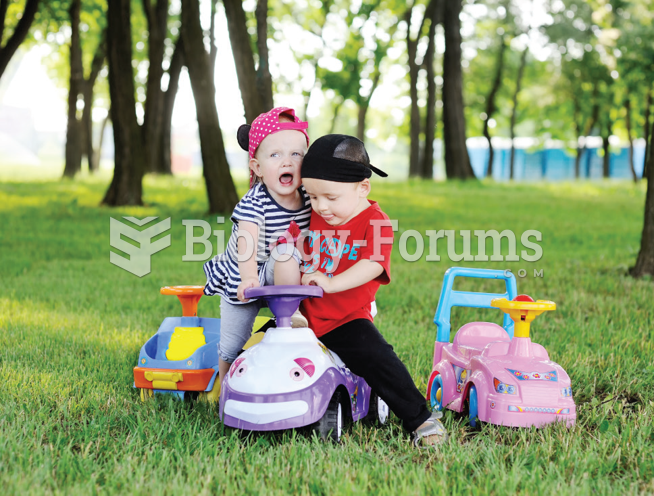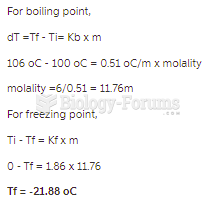Answer to Question 1
The most frequent symptoms in samples of children with normal anxieties are separation anxiety, test anxiety, overconcern about competence, excessive need for reassurance, and anxiety about harm to a parent (Barrios & Hartmann, 1997). In moderate doses, worry can help children prepare for the futurefor example, by checking their homework before they hand it in or by rehearsing for an upcoming class play. Ritualistic, repetitive activity is extremely common in young children (Peleg-Popko & Dar, 2003). A familiar example is the bedtime ritual of saying good nightaddressing people in a certain order or giving a certain number of hugs and kisses. Normal ritualistic behaviors in young children include preferences for sameness in the environment (e.g., watching the same DVD over and over again), rigid likes and dislikes, preferences for symmetry (e.g., carrying a toy in each hand), awareness of minute details or imperfections in toys or clothes (e.g., being bothered by a minuscule thread on a jacket sleeve), and arranging things so they are just right (e.g., insisting that different foods not touch each other on the plate).
Answer to Question 2
Worry, which is characterized as thinking about all possible negative outcomes, serves an extremely useful function in normal development. In moderate doses, worry can help children prepare for the futurefor example, by checking their homework before they hand it in or by rehearsing for an upcoming class play. Anxiety is a mood state characterized by strong negative emotion and bodily symptoms of tension in which the child apprehensively anticipates future danger or misfortune (Barlow, 2002). Panic is a group of physical symptoms of the fight/ flight response that unexpectedly occur in the absence of any obvious threat or danger.








